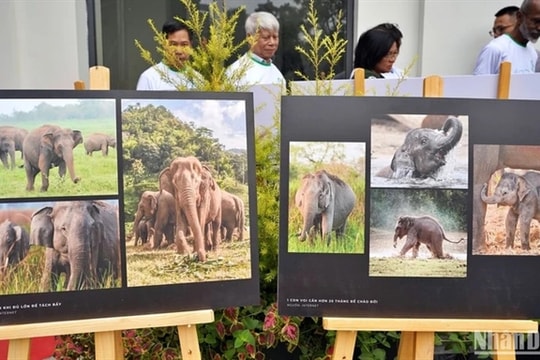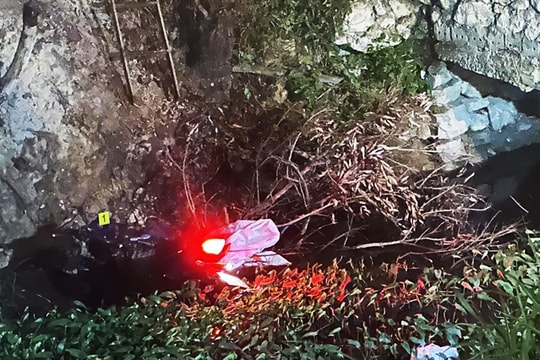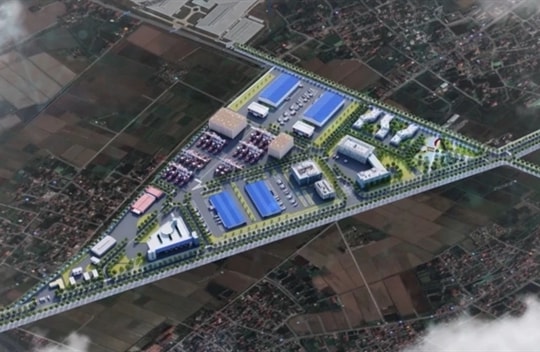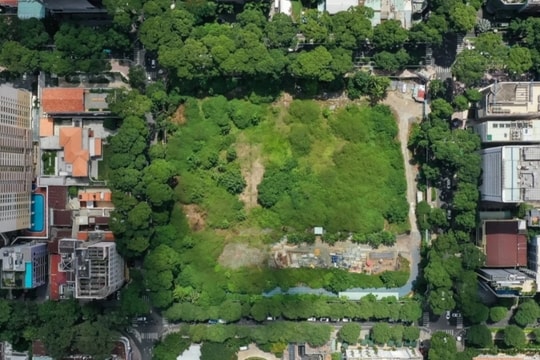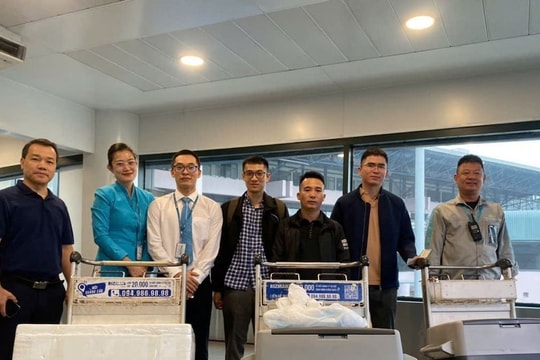 |
| A total of 408 skeletons have been discovered beneath the road surface in Alley 167 Tây Sơn, Đống Đa District in Hà Nội. — VNA/VNS Photo |
HÀ NỘI — A total of 408 skeletons have been discovered during the construction of a drainage system in Alley 167 off Tây Sơn Street in Hà Nội's Đống Đa District, local authorities reported on Monday.
Currently, 138 of the remains have been transferred and reburied at Yên Kỳ Cemetery in Ba Vì District.
According to a report from the Quang Trung Ward People's Committee to the Đống Đa District People’s Committee, Alley 167 has long suffered from severe flooding. After heavy rains, water often rises above knee level, inundating homes, damaging property and disrupting daily life.
The area includes three blocks of apartment buildings, numerous small private houses, several agency offices and the dormitory of the Trade Union University.
In 2024, the Quang Trung Ward People's Committee was tasked by the district with leading a project to renovate the drainage system and resurface the roads in Alley 167. This project aims to address the persistent and pressing issue of flooding.
During construction on November 21, nearly 150 skeletons were discovered about one metre beneath the road surface. More remains were uncovered over subsequent days.
The city's funeral services have assisted in relocating 138 remains to Yên Kỳ Cemetery. The other remains are scheduled to be relocated between December 1 and 3.
The construction team has completed the road excavation phase. After the exhumation of the remaining skeletons, they will proceed with building drainage systems and restoring the road surface.
According to the Quang Trung Ward People's Committee, local residents are supportive of the project and recognise the necessity of relocating the remains to a new resting place. They are eager for the project to be completed promptly to resolve the longstanding flooding issues.
Local authorities noted that, based on information from nearby residents, the remains likely belong to ordinary citizens and date back approximately 50–70 years. — VNS



